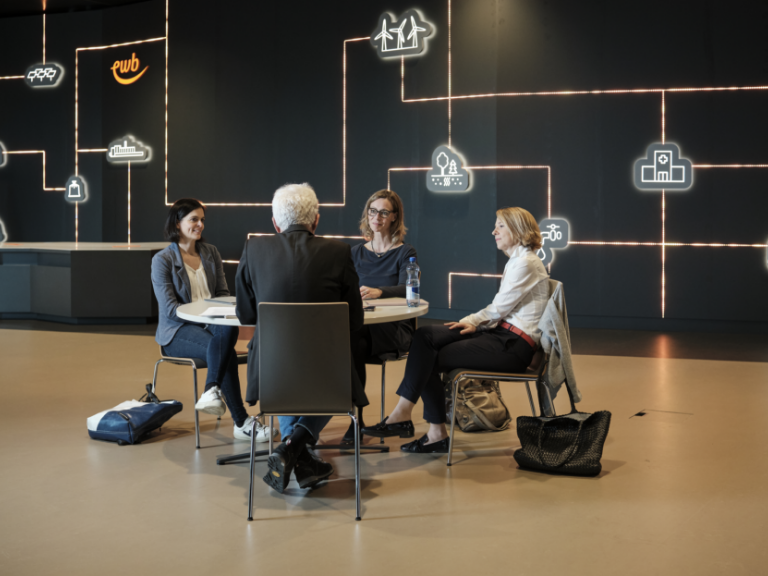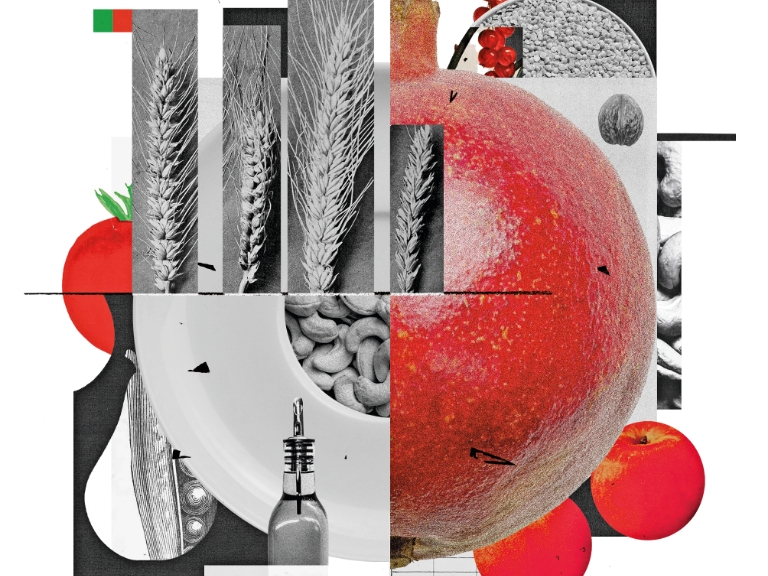Biology
The outsider who became a powerhouse
Who knows what a mitochondrium does? Everyone (thanks to the many memes on the Internet)! But hardly anyone knows what a crazy history these cell components have. An attempted portrait.
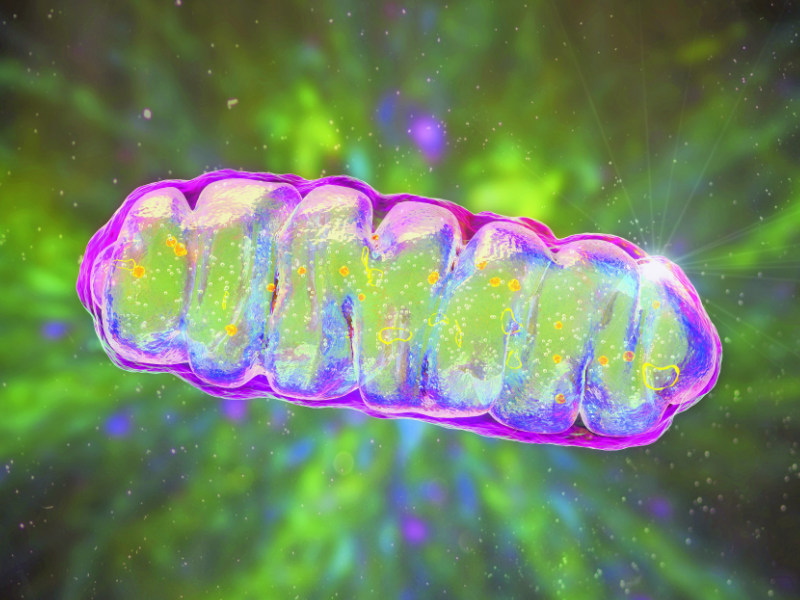
Oh, mitochondrium, mystery of biology. An ode should be written to you if we could write odes. Well, at least you’ve got a meme dedicated to you, one of the most rare species of biology memes. “Mitochondria is the powerhouse of the cell” they say, image content variable. The meme makes fun of the all too often divergent “What you learned at school – what you should have learned better”.
Mitochondria, the powerhouses of the cell. Check. Anything else? What else is known about the complex biochemical interaction in the cells? Citrate cycle, protein synthesis, shadowy memories. But the fact that this strange thing with the even stranger name mitochondrium – in ancient Greek “mitos” (thread) and “chondrion” (grain), a rather clumsy reference to the appearance under the microscope – is somehow responsible for energy production in the body, that was successfully drummed into us, and has stuck with the vast majority of people.
A ghost haunts evolutionary research
The slogan goes back to a popular science article in “Scientific American” from 1957. The strikingly small structures that occur in every highly developed cell – in just a few or up to thousands of specimens depending on energy requirements – were discovered back in the mid-19th century. However, the experimental possibilities to find out more about the role of mitochondria in the cell were lacking at the time. They got their first name in 1890 from the German pathologist Richard Altmann – it’s uncertain whether this would still work today: “bioblasts,” which is more reminiscent of a B-movie, especially in English.
But Altmann also had another nice name: elementary organisms. He imagined these grains in the cells as living beings, not such an absurd thought as it would later become apparent. For his contemporaries, however, this was too wild an idea, Altmann became an outsider. Rumor has it that he barely left his office in the later years of his research career, which earned him the nickname “the ghost”.
Lynn Margulis’ revolutionary idea
History was to repeat itself in the 20th century. Except that the ghost had a woman’s name. And it didn’t just retire to the lab. On the contrary: Lynn Margulis’ ghost still haunts evolutionary biology research today. And that’s directly related to the mitochondrium. André Schneider, research group leader at the Department of Chemistry, Biochemistry and Pharmacy at the University of Bern, says that mitochondria are so central to biology that there are “hundreds of laboratories” working with them. And in very different contexts – pharmacological, biochemical and even evolutionary biological. “Evolution ultimately holds biology together,” says Schneider, in the absence of “strict laws like those in physics”.
About the mitochondrium
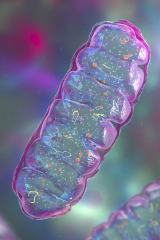
Mitochondria
occur in all cells of eukaryotes (animals, plants and fungi), but not in bacteria. They are enclosed by a double membrane and have their own genetic material, mitochondrial DNA. This is because mitochondria were once bacteria in their own right that were “swallowed” by progenitor cells of eukaryotes. This symbiosis was – and is – beneficial for both.
Darwin challenged
And Lynn Margulis believed that the mitochondrium could play a very special role here. Because she was convinced that symbioses are much more important in biology than classical Darwinian thought imagined, it was only logical that she would return to Altmann’s ideas. Her 1967 article “On the Origin of Mitosing Cells” really launched the so-called endosymbiotic hypothesis. The scientific elite still did not like the idea, not least because it came from a woman. The article had been rejected twelve times before it could finally be published. Margulis described how the development of several more complex cell components can be explained most easily by the fact that one cell (the host) incorporates another (the symbiont). A quantum leap in evolutionary biology had taken place – Schneider even calls it the “greatest event in the history of life”. Today, the idea is mainstream, and Margulis is for many one of the central figures of evolutionary biology.
About the person

Wanda Kukulski is Professor of Biochemistry at the Institute of Biochemistry and Molecular Medicine (IBMM) at the University of Bern. Among other things, she investigates how membranes are structured and organised in cells and how the molecular architecture of membranes supports cellular functions.
Symbiosis instead of competition
According to her, biology is not so much a competitive all against all but is about coexistence and side by side, a tolerant interplay of a multitude of beings. And this interplay is so close that it sometimes becomes indissoluble; in real symbioses, the individual beings can no longer function without each other. In the case of the mitochondrium, a lot is still speculation; it’s two billion years ago, but in recent years a lot has been clarified thanks to new genetic analyses.
So it is now clear that the mitochondria were once bacteria, with metabolic tricks that were not yet accessible to our progenitor cells, most likely the Asgard archaea. According to Schneider, the cells probably first associated, i.e. they grew together. Even in this intermediate stage, the exchange of metabolic products had certainly already taken place, with the result that cellular functions gradually began to intertwine and that the “swallowing” of the bacterium was simply the logical consequence – which offered the bacterium protection and nourishment and, conversely, gave the archaea a set of genes that enabled everything that we naturally refer to as breathing.
Subscribe to the uniAKTUELL newsletter

Discover stories about the research at the University of Bern and the people behind it.
Much more than the powerhouse of a cell
This exchange of molecules through and between membranes remains a hot topic of research. Wanda Kukulski from the Institute of Biochemistry and Molecular Medicine says: “Membranes have a very different composition,” which is still very poorly understood, however, because the components are not water-soluble and therefore difficult to examine in the laboratory. Her group is particularly interested in lipids as the basic building blocks of eukaryotic cells. Here again the central role of the mitochondrium, which is much more than just the powerhouse of the cell, becomes apparent. Kukulski mentions the breakdown of fatty acids, the regulation of cell death, the urea cycle. The list is long. And the more closely the experts take a look, the longer it gets. Kukulski notes: “Most organelles have a multitude of different functions.” You could also say: Nature is actually too complex for simple slogans. This applies to the world on a large scale as well as to the world on a small scale, in the human cell.
«It is a little as if the human being had largely evolved upwards, but the liver was originally a different animal.»
Today, we know that endosymbiosis is not a particularly rare phenomenon in nature. Examples include nitrogen-fixing bacteria (known as rhizobia), which live in the root nodules of legumes, or unicellular algae inside reef-forming corals. It has also been recognized that other cell functions came from the outside in addition to the mitochondrium.
As early as 1883, the German botanist Andreas Franz Wilhelm Schimper noticed that plant chloroplasts responsible for photosynthesis are very similar to cyanobacteria. He can thus be regarded as a pioneer of the endosymbiotic theory. However, it was not possible to cultivate isolated chloroplasts in vitro, which is not surprising, since the endosymbionts lose most of their genes in the course of evolution or release them to the cell nucleus. However, chloroplasts and mitochondria continue to reproduce independently and without structural coupling to host cell division. This became a central argument for the endosymbiotic theory.
About the person
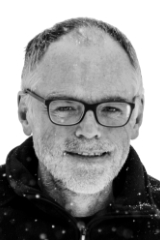
André Schneider Professor of Biochemistry at the Department of Chemistry, Biochemistry and Pharmacy at the University of Bern. His research focusses on mitochondrial protein import, mitochondrial tRNA import and its consequences, and mitochondrial gene expression.
We are all Borgs
Margulis had gone beyond the mark with her ideas; she had seen endosymbiosis everywhere, whereas today’s experts tend to be cautious. But in principle this incorporation is definitely part of the evolutionary game. “We are all Borgs,” says Schneider, alluding to the assimilating alien race from the series “Star Trek”.
According to Schneider, it is still unclear why the mitochondria and chloroplasts, both of which play a central role in energy conversion, have been integrated into the cellular structure of higher organisms in this way and, above all, why endosymbiosis has not occurred far more often. There are a whole series of organelles, specialized subunits within the cell. If you consider a cell as an organism, the organelles would be the equivalent of the internal organs. It is a little as if the human being had largely evolved upwards, but the liver was originally a different animal, which has gradually adapted itself to life in the human organism. In particular, Schneider’s group investigates the way in which the exchange between one’s own and the alien works, i.e. how proteins are imported into the mitochondrium. This membrane import system is a key feature for distinguishing organelles from endosymbionts.
Which brings us back to the powerhouse meme. If we know that the mitochondrium did not develop for a specific function, within a cell, but was swallowed as a complete “being” ages ago, it is no wonder that the history of the powerhouse is not just as right as it is wrong. You could also say: The mitochondrium is the big misunderstanding in the realm of biology. Best meme potential, definitely.
Magazine uniFOKUS

People need energy
This article first appeared in uniFOKUS, the University of Bern print magazine. Four times a year, uniFOKUS focuses on one specialist area from different points of view. Current focus topic: Energy
More articles from this issue Subscribe to uniFOKUS magazine